Part 2
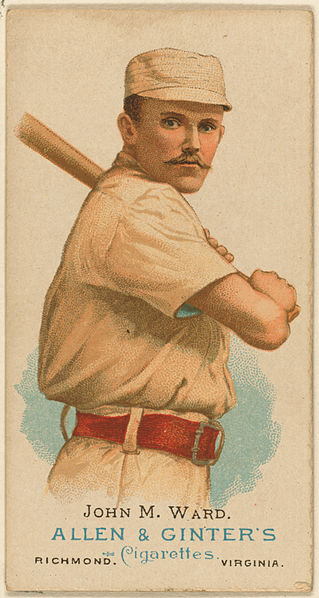
Let’s go back in time. The year is 1885, and John Montgomery Ward, a baseball player (Hall of Fame), comes up with the idea of forming a national baseball players’ association. His idea was met with considerable resistance from club owners, and in fact, this led to over 200 athletes exiting the National Baseball League to form their own league. As you can imagine, the players’ association placed demands on the owners to improve the welfare of the players and increase in salary caps. The sports industry wasn’t mind-blowing financially as it is today, but the athletes had understood the role they played in the league. Unfortunately, in less than a year, these players returned to their former teams and requested to be taken back. This looked like a failure. And indeed, for the next half-century, no player ever brought this idea up. Athletes understood that they were playing at the mercy of their bosses and accepted their “position.”
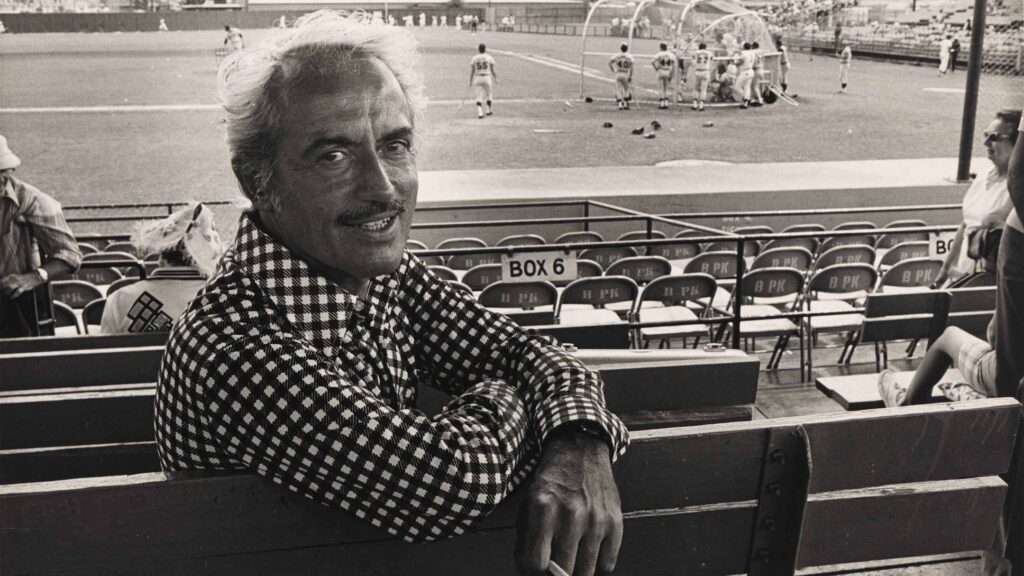
However, almost 70 years later (1966), another man, Marvin Miller, who wasn’t even a player but a trade union worker, took an interest in the Major League Baseball Players Association (MLBPA), which was founded in 1952. Players at first were scared and naïve to follow his lead. This was in the 1950s, and sports was starting to get a little more profitable, but the players were only getting a handful of the benefits to share amongst themselves. Marvin packaged his idea very well and sold it to the baseball players on the grounds that, “They (the players) were needed by the clubs and the clubs wouldn’t be anything without them.” Players started to realize their worth, and soon they joined his wagon to demand per diem, set a minimum wage, pensions, insurance, and salary, among others. Once again, it was fire in the baseball world with team owners throwing jabs and “dodging bullets” from the players and vice versa. Marvin’s ideas caught fire, and other sports teams/leagues, like basketball, started to realize that they were actually also not benefiting at all from playing. They also started to form players’ associations. And as you guessed, the owners of the teams refused to recognize these associations and never headed to their demands.
But the players were not dumb. Come 1964, an NBA All-Star game was going to take place, and it had the likes of Bob Cousy, Tommy Heinsohn, and Oscar Robertson (All Hall of Famers). This would be the first All-Star game aired on national television. Guess what the players did – they showed up for the game but refused to play. This sent a huge panic through the NBA because ABC Television was airing this game as a test drive for basketball on national television, and if they didn’t deliver, ABC wouldn’t engage in any future broadcast of basketball. Indeed, with immediate effect, the National Basketball Players Association was recognised by team owners and the NBA. Fun fact: Oscar Robertson was the MVP!

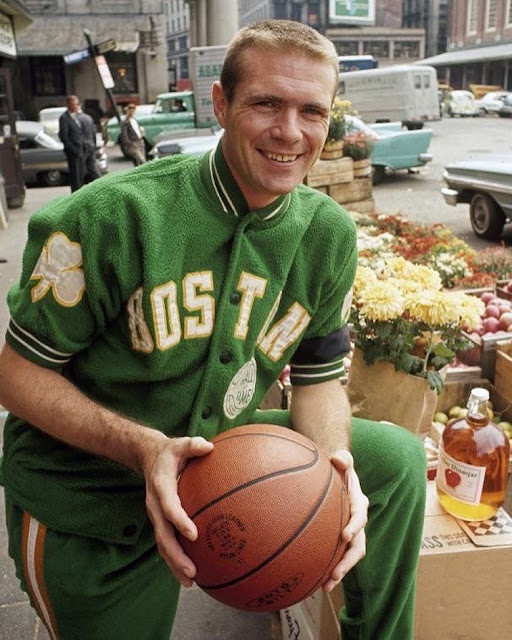
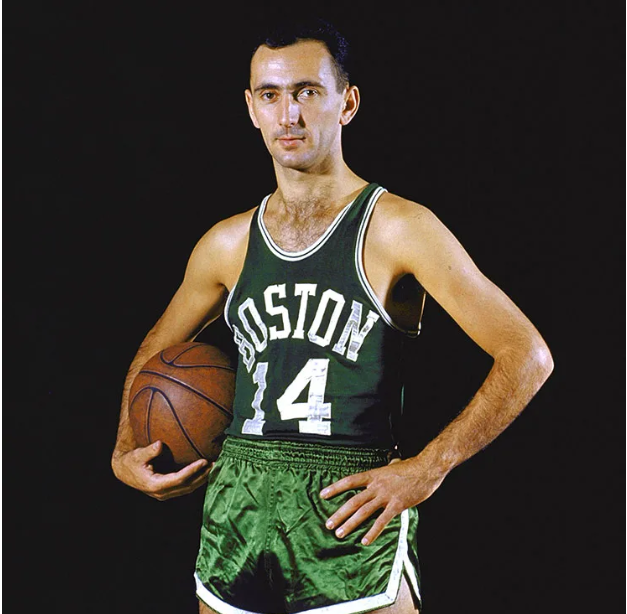
If you are reading this and don’t understand what players’ associations do, and why team owners hated them, think of it as if you had children and they teamed up to demand better, and yet you, as the parent, believed you were giving them the best. Definitely, that would bring a push-and-pull relationship between you and your children. But this is where the teaming up of players or your children to form an association would be helpful, because soon you would ask to meet at a round table, and their selected group leader would present their grievances, and the two sides would discuss and come up with a documented solution that both parties must uphold.
In fact, a current example of this today is the WNBPA, which is having a Collective Bargaining Agreement discussion with the Commissioner and the WNBA. I will explain the CBA in a later series of this write-up.
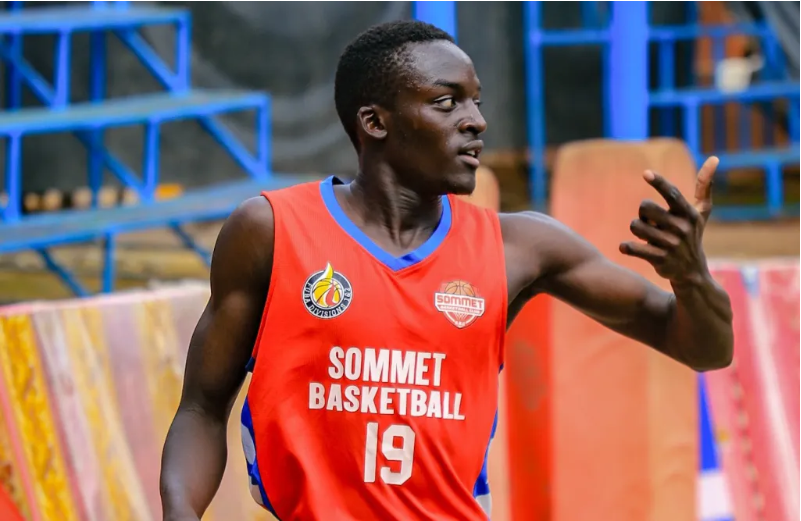
For a while, I have heard Ugandan players (in different sports) talk about forming players’ associations, but the willpower to do so dies as soon as one of the players receives a mobile money (handshake) alert of Ugx 200,000.
This brings me back to where we started with this series, the abject poverty most Ugandan athletes live in. These players all look great suited up in club jerseys, but their shoulders are heavily laden with questions and doubts about what they will have to show once they are done playing. Beyond the good-looking pictures in jerseys, and smiling by the airplane in yellow and black track suits, these athletes have grievances and most hold onto the hope that maybe a miracle like an European or Arabian team or “any other developed” country will pick them.
It’s undeniable that African talent is on the rise, especially in Europe, actually also in the USA, as we see more African-born athletes playing at the top level. But remember, for every one player who has made it to Europe, America, there are a thousand players who are stuck in the web of daydreaming to also make it one day.
If, instead of leaving these “things” to chance, we worked on our own systems and made them ideal for Europeans (of great talent – there is a reason I have started this. Often, European or foreign-based players who can’t make it to their countries’ top leagues are the ones who end up in African leagues with hopes of finding renewed heights of achievement, and our own African players to enjoy playing in our home countries.

This journey would only begin with athletes understanding their value and federations/leagues/teams understanding how much they are leaving to fate, and knowing areas they could exploit more to benefit them and their teams.
Corrections to part one: JKL has won four National Basketball League Championships in Uganda.
Part Three will be out next week. Thank you for reading.


